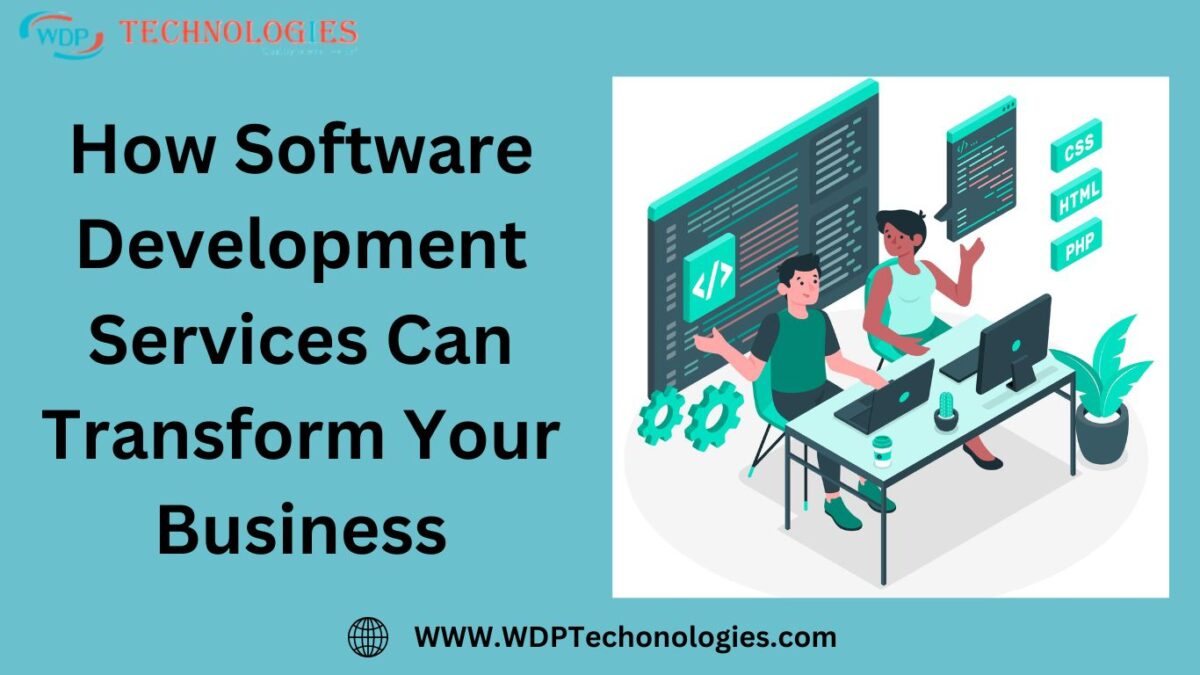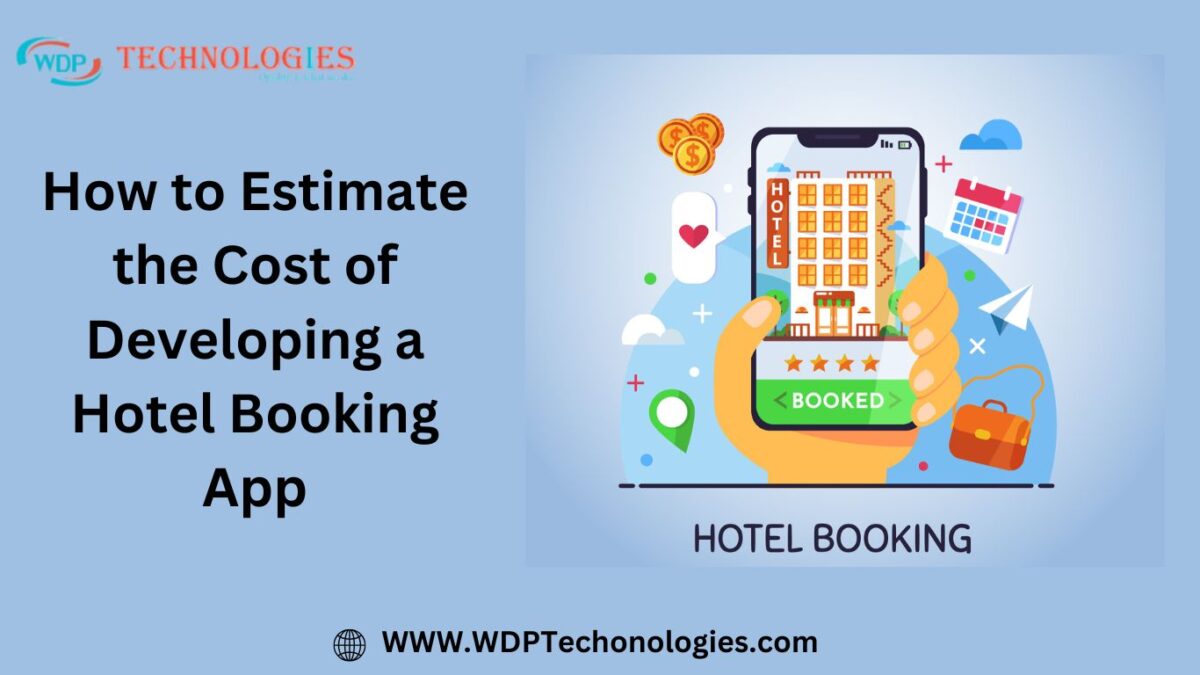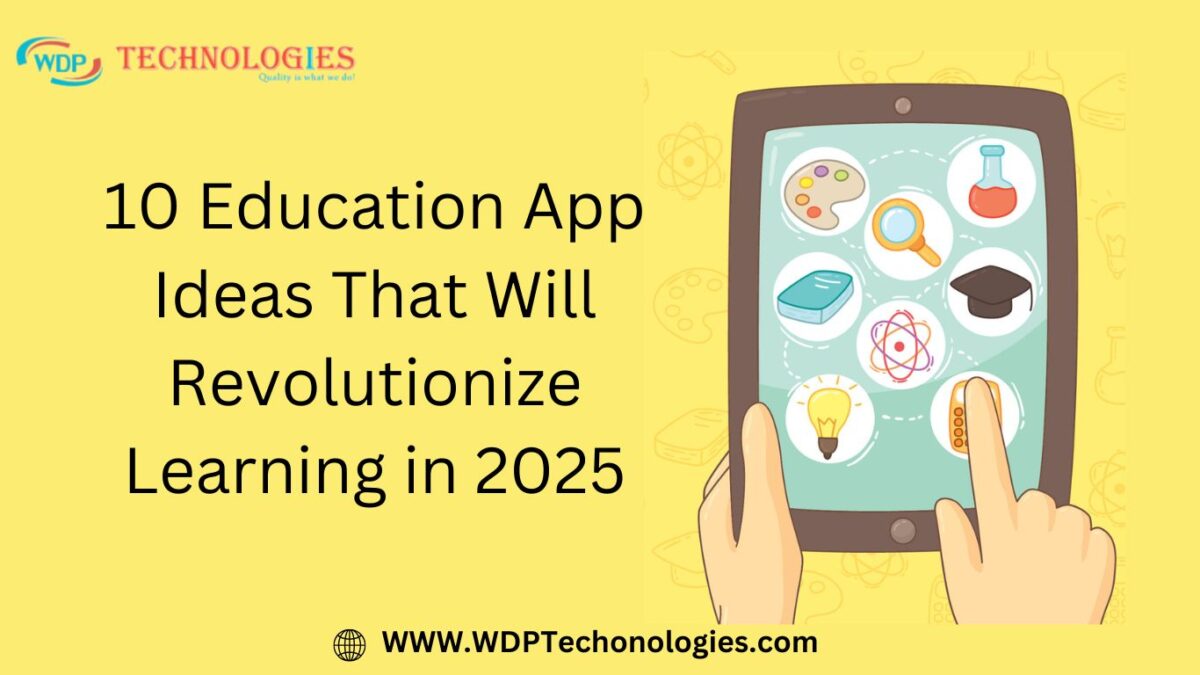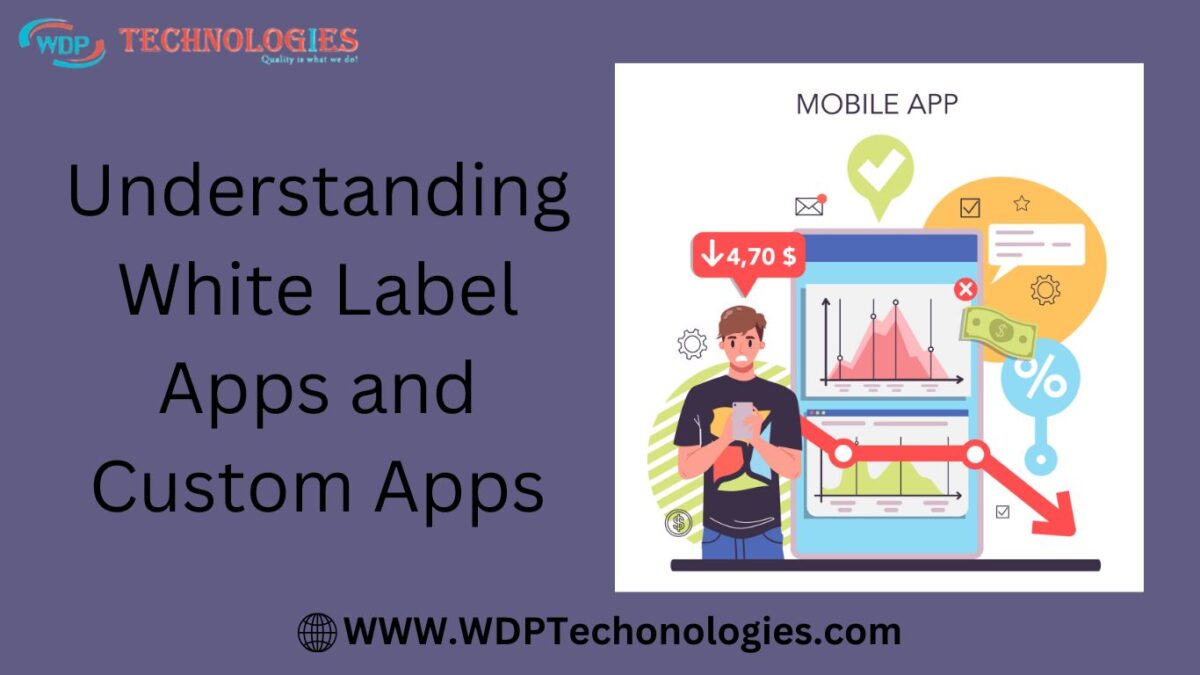Introduction
In the fast-paced world of technology, businesses need to stay ahead of the curve. At WDP Technologies, we specialize in providing top-notch software development services that empower businesses to innovate, scale, and streamline their operations. Whether you’re a startup, SMB, or large enterprise, our expert team is here to help you transform your ideas into reality with cutting-edge solutions.
Our Software Development Expertise
At WDP Technologies, we are passionate about creating customized software solutions that meet the unique needs of our clients. Our software development services cover everything from enterprise-level systems to custom apps, and we ensure that every solution is scalable, secure, and future-proof. Our team of experienced developers is adept at working with the latest technologies and frameworks to build solutions that drive business success.
Key Services We Offer
Custom Software Development
We understand that every business has unique challenges and requirements. That’s why we offer custom software development services to design and build solutions that perfectly align with your needs. From desktop applications to complex enterprise systems, we create solutions that empower your business to thrive.
Mobile App Development
With the growing use of smartphones, having a mobile presence is crucial. Our mobile app development team specializes in creating high-quality apps for both iOS and Android platforms, ensuring that your app is engaging, user-friendly, and designed to meet your business goals.
Web Application Development
Web applications are essential for providing seamless access to your services and products. At WDP Technologies, we build secure, responsive, and user-friendly web applications that provide an outstanding experience for your customers and help you streamline internal processes.
Enterprise Software Solutions
For businesses operating at a larger scale, we offer robust and scalable enterprise software solutions. Whether it’s a Customer Relationship Management (CRM) system, Enterprise Resource Planning (ERP) system, or any other enterprise solution, our team will design and implement a system that enhances operational efficiency.
Software Testing & Quality Assurance
Quality is at the heart of everything we do. Our team of testers ensures that every piece of software we develop is thoroughly tested for functionality, performance, security, and usability. We use a combination of manual and automated testing methods to deliver high-quality products.
Cloud Solutions
Cloud technology is revolutionizing the way businesses operate. We offer cloud development services, including cloud app development, cloud migration, and cloud infrastructure management, to help businesses scale, collaborate, and stay agile in a fast-changing market.
Software Integration
In today’s connected world, software needs to work seamlessly with other systems. Our software integration services ensure that your new software integrates smoothly with your existing tools and systems, creating a unified, efficient workflow.
Software Maintenance & Support
Software development doesn’t stop at launch. We provide ongoing software maintenance and support to ensure your solutions stay updated, secure, and optimized for continued success. We also help businesses with upgrades, bug fixes, and performance improvements.
Why Choose WDP Technologies?
Experienced Team
Our team of developers has years of experience in building software solutions across different industries. Whether it’s AI, blockchain, or IoT, we have the expertise to build software that leverages the latest technologies.
Customized Solutions
We don’t believe in one-size-fits-all solutions. We take the time to understand your business objectives and design software that’s tailored to your needs, ensuring a solution that adds value to your business.
Agile Development
We follow agile development methodologies that allow us to deliver solutions faster and more efficiently. By working in sprints, we can make adjustments throughout the development process to ensure the end product meets your expectations.
Focus on Quality
We maintain a strong commitment to delivering high-quality software. From the design phase through development and testing, we ensure the final product meets the highest standards of functionality, security, and performance.
Scalability & Flexibility
As your business grows, your software needs will evolve. We design scalable solutions that can be easily adapted to your changing requirements, ensuring that your software remains relevant and effective over time.
Cost-Effective
At WDP Technologies, we offer competitive pricing without compromising on quality. Our focus is on delivering cost-effective solutions that provide a high return on investment.
How WDP Technologies Can Help Your Business
With WDP Technologies, you get more than just a software development company. We are a trusted partner who is committed to helping your business grow and succeed. Whether you’re looking to automate processes, improve customer experiences, or build a new product, our team is here to support you every step of the way.
From the initial consultation to post-launch support, we work closely with our clients to ensure that the software we develop meets their business goals and drives results.
Contact Us Today
If you’re looking for a reliable and experienced software development partner, look no further than WDP Technologies. Our team is ready to help you turn your vision into reality. Contact us today to discuss your software development needs and start your journey toward innovation.
At WDP Technologies, we take pride in delivering software that not only meets your immediate needs but also sets your business up for future success. With our experience, expertise, and commitment to quality, we’re confident in our ability to bring your ideas to life.














